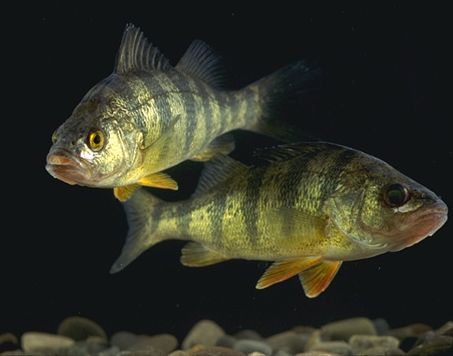Facts About Perch
Perch are a popular type of freshwater game fish belonging to the genus Perca and the Percidae family. The term "perch" derives from the Greek "πέρκη" and the Latin "forma" meaning shape. Though many fish may resemble perch, true perch specifically belong to the Percidae family. There are three principal species of perch: the European perch (P. fluviatilis), the Balkhash perch (P. schrenkii), and the yellow perch (P. flavescens).
The European perch is characterized by its greenish body adorned with dark vertical bars and is prevalent across Europe and Asia. The Balkhash perch, similar in appearance to the European perch, is native to Kazakhstan, Uzbekistan, and China. The yellow perch, which is smaller and lighter in color, is found in North America. Perch possess elongated, rounded bodies with rough scales, and are easily recognizable by their paired fins and two dorsal fins.
Carnivorous in nature, perch typically inhabit ponds, lakes, streams, and rivers, where they prey on smaller fish, shellfish, and insect larvae. They spawn in the spring, laying eggs in sheltered areas. Renowned for their spirited nature, perch are a favorite among sport fishers and are also highly regarded for their taste. Anglers employ various techniques to catch perch, including float fishing, lure fishing, and legering. Fly fishing can also be effective.
Perch are widely distributed and particularly abundant in the Great Lakes, with Lake Erie being a notable hotspot. They can reach up to about 50 cm (20 inches) in length and weigh around 2.3 kg (5 pounds), although most commonly caught perch are smaller. Noteworthy catches typically exceed 40 cm (16 inches) and 900 g (2 pounds). Different regions have recorded impressive perch weights, underscoring the fish's popularity and the thrill of landing a sizable specimen.

 Mongolia
Mongolia